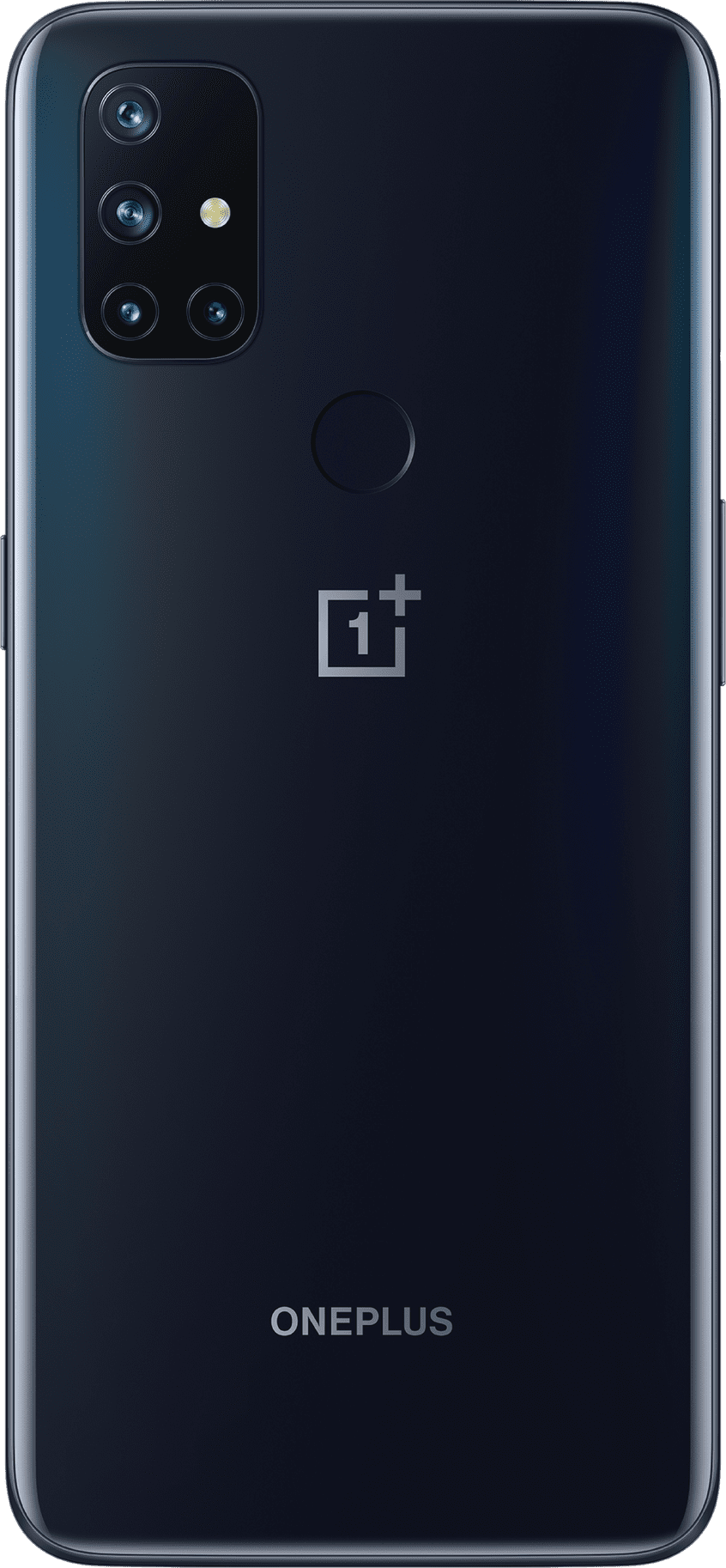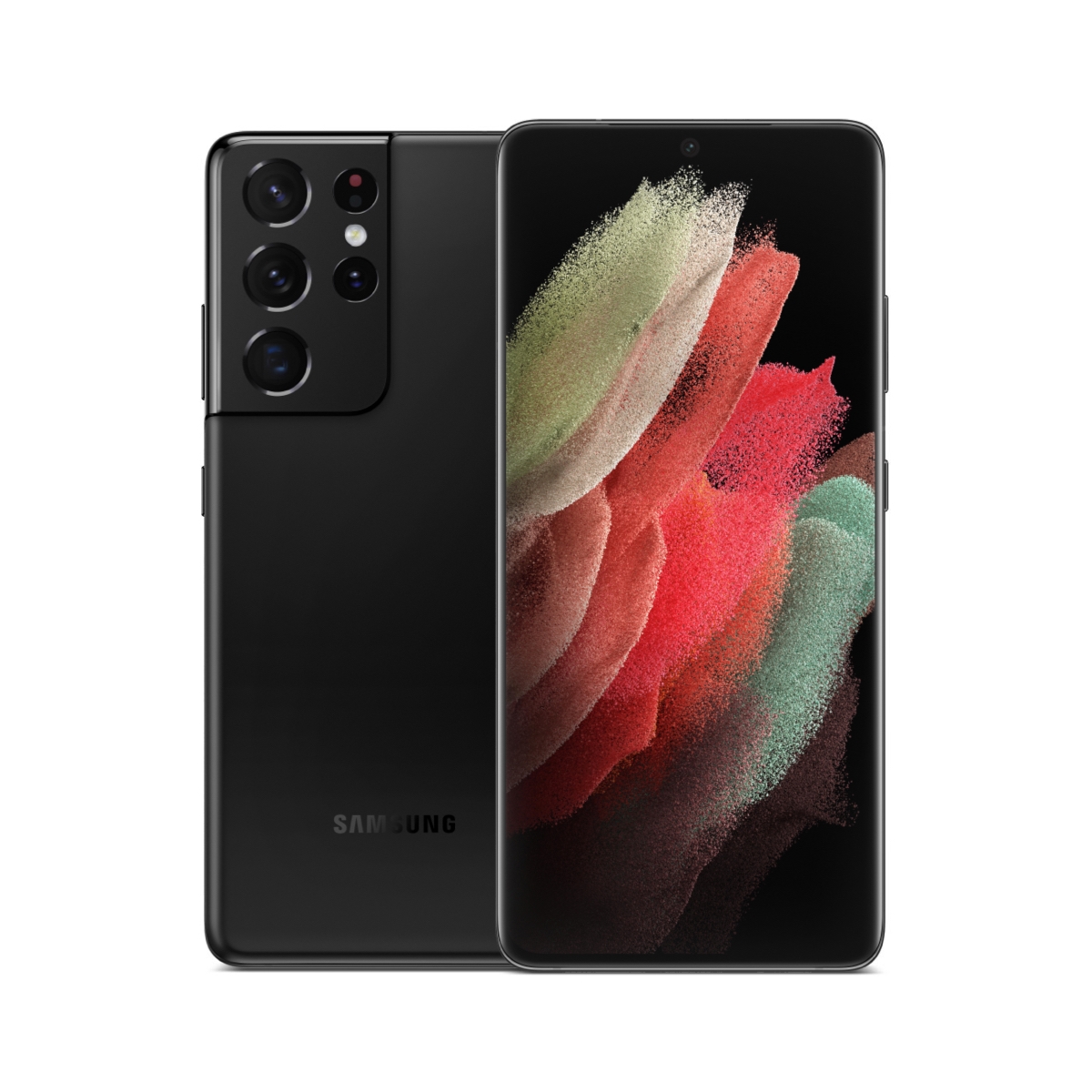Motorola Edge – Android Smartphone | Motorola Us
ridiculous speed. awesome entertainment. hello, 5G. motorola edge. faster. louder. bolder.
Dreaming of the perfect 5G phone? With motorola edge, stream and download your favorite content on blazing-fast 5G, and watch on an immersive Endless Edge display with the most powerful stereo speakers ever2. Capture incredible high-res photos, and go for up to two days† with a class-leading battery.
future proof. 5G ready.
Download your favorite shows in no time and never get stuck with a slow data connection that holds you back. Be ready for the next generation of wireless technology today with a phone that’s built for tomorrow.
the most immersive display ever
Get breathtaking views and bring your favorite entertainment to life on an Endless Edge display that stretches 6.7” and wraps nearly 90 degrees around both sides. See a billion shades of color with HDR10+ and scroll smoothly with the 90Hz refresh rate.
huge sensor. serious clarity.
Take remarkably sharp pictures with a 64 MP sensor, the highest camera resolution in its class┴. With resolution this good, you can crop or blow up images without losing clarity. Plus, Quad Pixel technology gives you great results even in dark conditions with 4x better low light sensitivity.
a lens for every shotExtreme close-ups, ultra-wide landscapes, and everything in between – motorola edge has a triple camera system built to capture photos perfectly, no matter the scene or subject.





by Mike
Loved it. However, the screen is very bright no matter how much you adjust it. Really a cool phone.
by Mitch
I bought this phone about a month ago and had it activated about a week ago. And I think the phone has a lot of features offered compared to other leading brands and navigations through system of networks and wifi are seamless. Goo job.
by Otis
Love the phone. No complaints. Would recommend to others.
by Chris
I got a buy one get one offer, for Moto 6 Edge, from Moto and I took up the deal. Other than trying to learn the new device, I have problems getting all my data out of my Moto z4. Many phone numbers, texts, pictures, and apps w/ passwords didn’t cross over. I know it’s because there are so many formats but it’s still a pain to have to go back and do it manually. I have tried several different transfer apps and am getting close, lol, but it’s taking a long while. My grass is getting long while I do this, lol Otherwise, so far I like the devise, you can’t just get call them a phone anymore, lol. They run NASA in circles today. Thanks for the deal and new devices. Al Bryson
by James
The sleek design is beautiful but this phone also has great functionality. The storage is more than I hoped for and helps keep everything uncluttered so my phone always runs well. It takes amazing pictures and I am able to add unlimited space with an SD card. I bought this phone for my husband for his birthday and he loves his. They had a BOGO on this phone and I feel like we couldn’t have gotten more phone for the money.